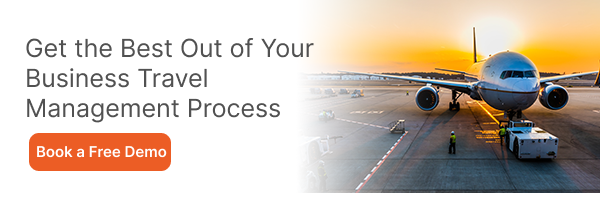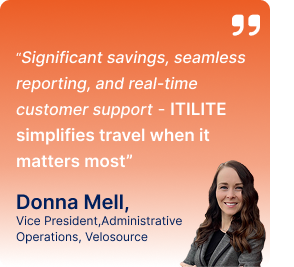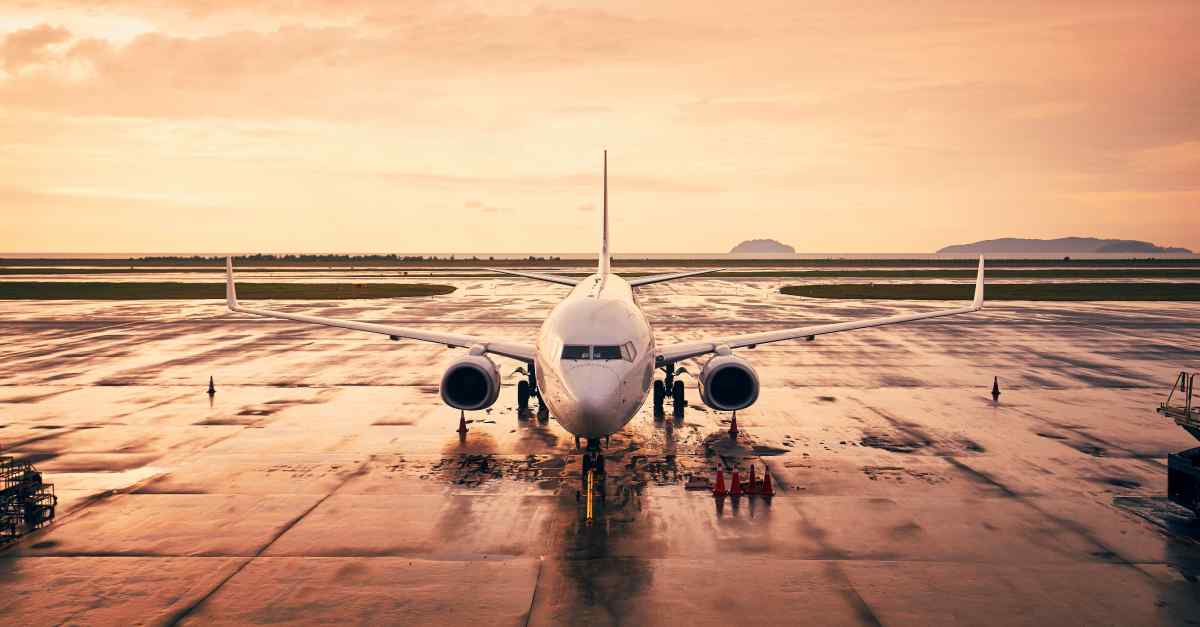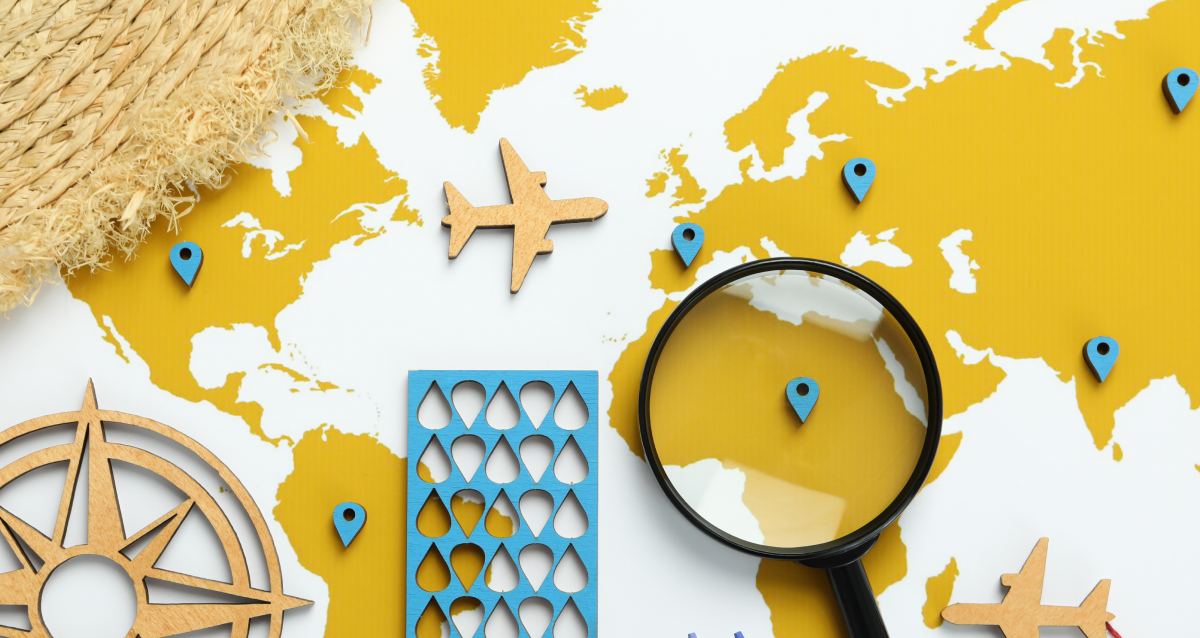
Are you a frequent flyer in the aviation industry? As a business traveler, staying informed about the air travel forecast is crucial for planning your trips and ensuring a seamless travel experience. In this blog, we will delve into the intricacies of forecasting, explicitly focusing on business flight forecasting.
Understanding the trends, factors, and tools used to predict air travel demand can help you maximize the benefits of your business travel. So, in this blog, we will help you understand the business flight forecast for aviation business travel.
Air Travel Forecast for Business Travel: Explained
Air travel forecasting for business travel involves analyzing various factors that impact air travel demand to predict the number of passengers traveling by air on a given route during a specific period. This analysis is critical in ensuring a seamless journey for business travelers.
Here are some additional details on each factor that affects air travel demand:
- Economic Conditions: Economic conditions are crucial in predicting air travel demand. During economic growth, businesses tend to grow, increasing business travel. Similarly, companies might reduce travel during an economic downturn, decreasing demand for business trips by air.
- Seasonality: Seasonality significantly influences air travel demand, with travel patterns often fluctuating depending on the time of year. For business travelers, peak periods may coincide with industry-specific events, conferences, or annual meetings. Understanding seasonal travel patterns lets travelers plan their trips better, secure better flight options, and avoid price increases.
- Industry Events: Industry events such as trade shows, conferences, or corporate gatherings significantly impact air travel demand. Monitoring these events and their travel needs helps travelers anticipate capacity shortages, secure flight availability, and plan business trips accordingly.
- Regulatory Changes: Regulatory changes, such as changes in immigration policies, security measures, or travel restrictions, can significantly disrupt air travel demand. Understanding these changes and being alert to new regulations helps travelers plan their trips proactively and avoid unexpected hurdles during business trips.
By understanding the various factors that impact air travel demand, business travelers can predict potential disruptions, save time and money, and enjoy a more seamless travel experience.
Tools Used for Air Travel Forecasting
Air travel forecasting is an intricate process that relies on various tools and data analysis techniques. Airlines, travel agencies, and aviation organizations utilize these tools to predict and optimize their operations.
Here are some standard tools used in such forecasting:
- Historical Data Analysis: Analyzing historical air travel data helps identify trends and patterns. This analysis enables forecasters to make accurate predictions based on past performance during similar circumstances.
- Economic Forecasting: Analyzing economic indicators such as GDP growth, unemployment rates, and consumer sentiment helps forecast air travel demand based on financial conditions and business activities.
- Predictive Analytics: Utilizing data from multiple sources, predictive analytics models can forecast air travel demand based on factors such as booking trends, social media sentiment, and market insights.
- Route and Network Analysis: Detailed analysis of routes, network connections, and capacity management helps airlines and travel agencies identify potential bottlenecks, optimize flight schedules, and maximize revenue.
- Market Research and Surveys: Market research and surveys are valuable tools for air travel forecasting. By collecting data from passengers, travel agencies, and businesses, analysts can gain insights into travel preferences, future travel plans, and anticipated demand.
- Machine Learning and Artificial Intelligence: Machine learning and artificial intelligence (AI) algorithms are crucial in business flight forecasts. These technologies analyze vast amounts of historical data, such as passenger bookings, flight schedules, and market trends, to identify patterns and accurately predict future demand. By continuously learning from new data, machine learning models can refine their forecasts over time, enhancing the accuracy of air travel predictions.
- Collaborative Forecasting Platforms: Collaborative forecasting platforms bring together various stakeholders in the aviation industry, including airlines, travel agencies, and industry experts. These platforms allow sharing and analyzing data, market insights, and expertise to generate more accurate forecasts.
- Real-time Data Feeds and Monitoring Tools: Real-time data feeds and monitoring tools provide up-to-date information on air travel demand, schedules, and disruptions. These tools capture data from multiple sources, including airlines, airports, weather stations, and social media, and analyze it in real time. By actively monitoring factors such as flight delays, cancellations, and changes in demand patterns, stakeholders can quickly respond to changes and make necessary adjustments to their operations and travel plans.
Calculate your savings now!
Benefits of Air Travel Forecasting for Business Travelers
Accurate air travel forecasting offers several benefits for business travelers, allowing for efficient trip planning and cost management. By staying informed about the business flight forecast, you can:
Accurate forecasting offers several benefits for business travelers, allowing for
- Optimize Itinerary: With accurate forecasting, you can plan business trips around peak and off-peak periods, avoiding congestion and ensuring smoother travel experiences.
- Cost Management: Understanding air travel demand trends enables you to identify periods of lower demand, potentially securing cost-effective tickets and hotel rates for your business trips.
- Change Management: In the event of unforeseen changes or disruptions, knowing the business flight forecast allows you to proactively adjust your plans, secure alternative flights, or reschedule meetings accordingly.
- Employer Compliance: Accurate forecasting helps you plan your business trips in line with your employer’s travel policies, ensuring compliance and smoother expense reimbursements.
- Strategic Travel Planning: Accurate forecasting enables business travelers to plan strategically. By understanding future demand and trends, travelers can schedule their trips during periods of lower demand, increasing the likelihood of securing cost-effective flights and accommodations.
- Mitigating Disruptions: The right forecasting allows business travelers to anticipate and mitigate disruptions. Travelers can proactively adjust their itineraries, reschedule flights, or explore alternative routes by being aware of potential disruptions, such as weather events or labor strikes.
- Compliance with Travel Policies: Many companies have travel policies in place to manage expenses and ensure compliance with company guidelines. Forecasting allows business travelers to adhere to these policies by providing insight into cost-effective travel options and avoiding unnecessary costs.
- Traveler Satisfaction and Productivity: Flight travel forecasting contributes to overall traveler satisfaction and productivity. By avoiding crowded flights and peak travel times, business travelers can experience smoother travel experiences, reducing stress and fatigue.
Air Travel Forecast: Empowering Business Travelers for a Seamless Journey
In conclusion, accurate air travel forecasting revolutionizes how business travelers plan and navigate their journeys. By providing insight into future demand, trends, and potential disruptions, accurate forecasting enables travelers to make informed decisions, optimize travel plans, and ensure compliance with company policies. This leads to cost savings and increased efficiency and enhances traveler satisfaction and productivity.
The importance of flight forecasts for business travelers must be considered, and how our corporate travel management software can be a game-changer in such aspects. Our platform combines data analytics, predictive algorithms, and industry insights to provide real-time information and personalized recommendations. Using ITILITE, business travelers can navigate the aviation industry confidently, ensuring seamless and efficient travel experiences.









